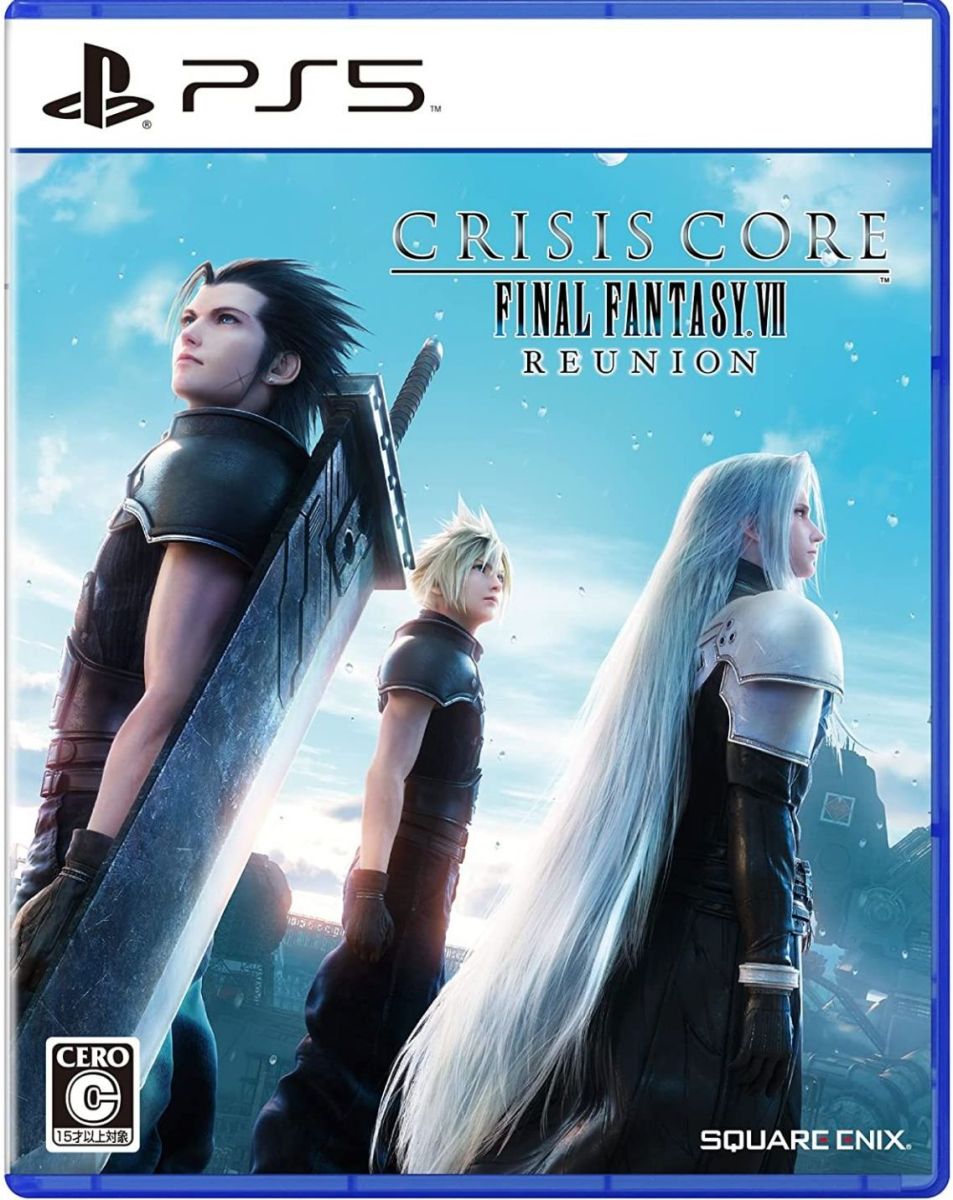《太空戰士7 重製版》的第2章《重生》慘遭滑鐵盧。
《太空戰士7 重製版》(ファイナルファンタジーVII RE/ Final Fantasy VII: REMAKE)的第2章《重生》(ファイナルファンタジーVII リバース / Final Fantasy VII Rebirth)雖然內容相當豐富,但可能成為史上最差的太空戰士作品之一。目前首周的銷售量只有26萬套,相較於初章的首周70萬套相比落差相當大,即使是《太空戰士16》的首周也有33萬套銷售。《重生》的第2周更是大幅減少9成以上,跌落到2萬多套,持續下去可能會影響第3章之後的上市。
基於銷售數據不佳的分析有很多種版本,部分歸咎於PS5主機的普及率不高。主要的原因莫過於將一款遊戲分拆成3個章節來販售。當年預計要推出11章節的SEGA DC遊戲《莎木》(シェンムー/Shenmue),在初代的銷售不佳的情況下,在第2章就草草結束,一口氣將前6章的劇情濃縮在內。
《太空戰士7 重製版》主要是以20多年前的劇情進行編排及延續,主要購買群組為當年的80年代玩家。故事不夠緊湊且拖戲,加上售價並不便宜的情況下,也間接導致大家的退坑。遊戲是否分成多輯分售的成功與否取決於多個因素,包括遊戲的類型、內容、價格、玩家的興趣和市場競爭狀況等。
遊戲類型和內容:如果遊戲的內容豐富、吸引人且符合玩家的口味,玩家可能願意分階段購買,以體驗更多的遊戲內容。
定價策略:多輯分售的遊戲價格應該考慮到玩家的付費意願和整體價值。如果價格合理且相對於遊戲內容的價值是吸引人的,市場可能會接受這種分階段購買模式。
玩家興趣和期望:市場需求取決於玩家對於遊戲的興趣和期望。如果玩家期待遊戲內容的更新或延續,分階段售賣的模式會更受歡迎。
競爭狀況:如果同類型的遊戲已經有類似的分輯售賣模式,則市場可能已經習慣這種模式,這可能會對新遊戲的接受程度產生影響。
總的來說,多輯分售的遊戲模式可能會有一定的市場需求,但成功與否需要遊戲開發商根據市場反饋和玩家需求來進行評估和調整。
The second chapter of "Final Fantasy VII REMAKE," titled "Rebirth," despite its rich content, may become one of the worst entries in the history of the Final Fantasy series. Currently, the first week's sales volume is only 260,000 units, a significant drop compared to the first chapter's 700,000 units in the first week, and even lower than the first week sales of "Final Fantasy 16," which had 330,000 units sold. In the second week, sales of "Rebirth" dropped by over 90%, plummeting to just over 20,000 units, and if this trend continues, it could affect the release of subsequent chapters.
There are various analyses for the poor sales data, partly attributing it to the low popularity of the PS5 console. The main reason, however, may be the decision to split the game into three chapters for sale. " Shenmue," a SEGA Dreamcast game , originally planned to have 11 chapters, due to poor sales of the initial release, was abruptly concluded in the second chapter, condensing the plot of the first six chapters.
"Final Fantasy VII REMAKE" mainly continues and reinterprets the storyline from over 20 years ago, targeting primarily players from the 1980s. However, the story is confusing, combined with a relatively high price, indirectly causing many players to lose interest and quit.
The success of splitting a game into multiple installments for sale depends on several factors, including the game's type, content, price, player interest, and market competition.
Game type and content: If the game offers rich and appealing content that aligns with players' tastes, they may be willing to purchase it in stages to experience more of the game's content.
Pricing strategy: The pricing of a multi-installment game should consider players' willingness to pay and the overall value proposition. If the price is reasonable and perceived as attractive relative to the game's content, the market may accept this staggered purchasing model.
Player interest and expectations: Market demand depends on players' interests and expectations regarding the game. If players anticipate updates or continuations of the game's content, a staggered sales model may be more popular.
Competition: If similar games already use a multi-installment sales model, the market may be accustomed to this approach, which could influence the reception of new games.
In conclusion, while there may be a certain market demand for multi-installment game models, success depends on game developers evaluating and adjusting based on market feedback and player demand.


照片:產品官網
- 1
- 2
- 3
- 4
